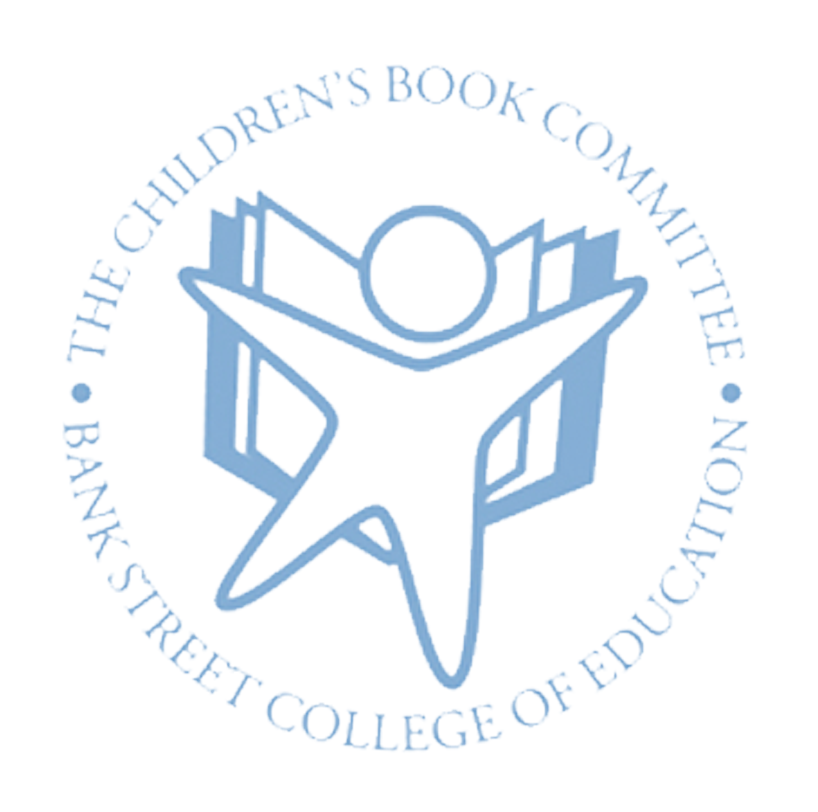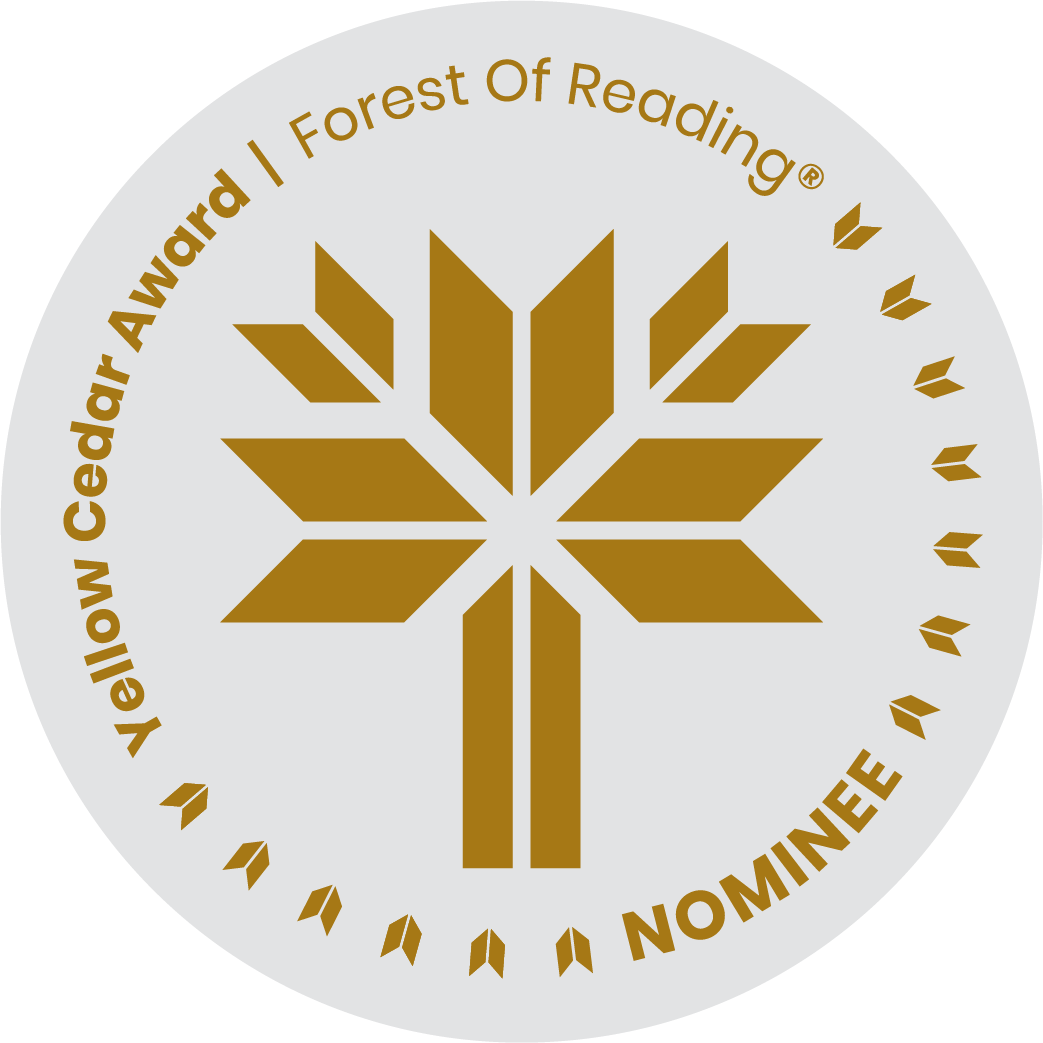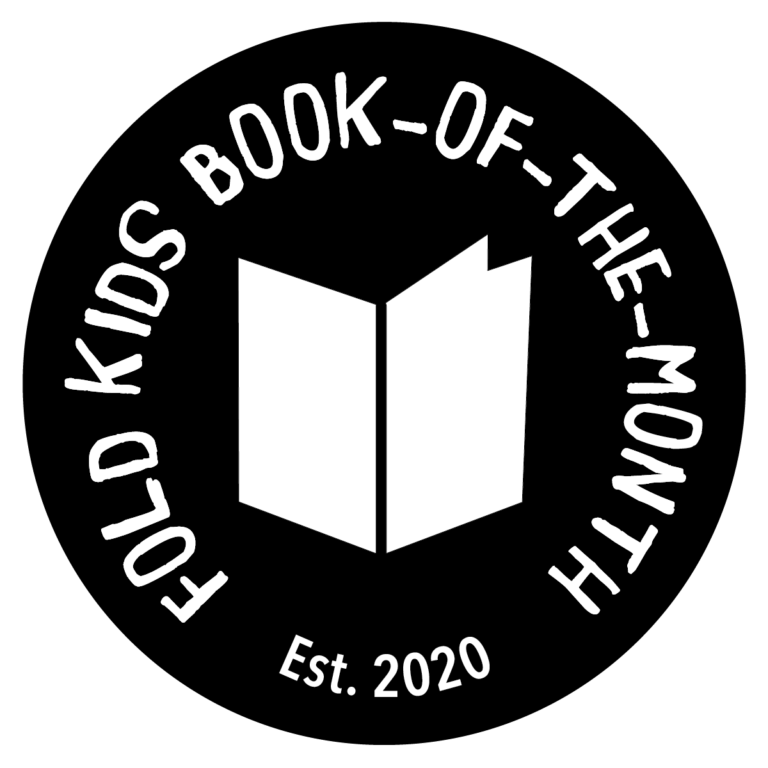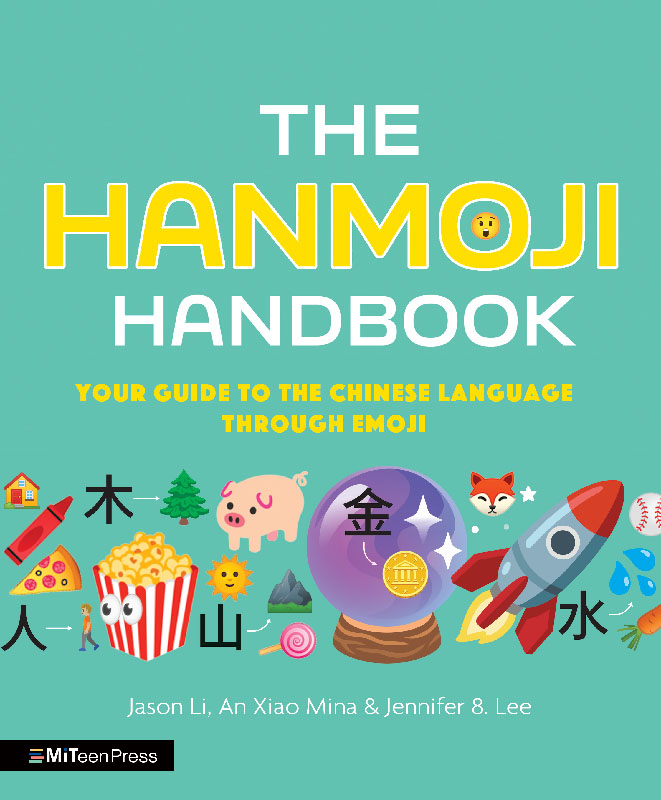With awards & mentions from
Regional & national organizations

The Scripps National Spelling Bee included The Hanmoji Handbook in their 2024 Great Words, Great Works books list.

The Children's Book Committee of Bank Street College of Education featured our book on their Best Children's Books of the Year 2023 list.

The Texas Library Association put us on the 2023 Texas Topaz Reading List.

Kirkus named our book as one of the Best Middle-Grade Nonfiction of 2022.

We are nominated for the Forest of Reading's 2023 Yellow Cedar Award.

We were named a FOLD Kids Book-of-the-Month for June 2022!

Our book was awarded a Kirkus Star on April 13, 2022.
Libraries, schools & shops

The Howard County Public School System put us on their Middle School Summer Reading List 2023.

A librarian at Sno-Isle Libraries included our title in Melleny's Picks for Middle School - Summer 2023.

SHOP Cooper Hewitt selected our book to accompany their Give Me a Sign 2023-2024 exhibition.

The Queens Public Library included us on their AAPI month booklist.

The Memorial High School Library highlighted our work as one of their 2022-2023 Books of the Week.

The North High School Library also put our work on their Books of the Week.

The Mid-Continent Public Library put The Hanmoji Handbook on their list of Best Juvenile Fiction or Non-fiction of 2022.

The Burnaby Public Library listed us as one of the Best of 2022 for older kids.

Canon Park Primary featured our book as part of their Non-Fiction November: Words and Language article.

We were a Parnassus Books staff pick for October 2022.

Library Services Centre (LSC) listed our book as one their Children's Notables: Spring - Summer 2022.
